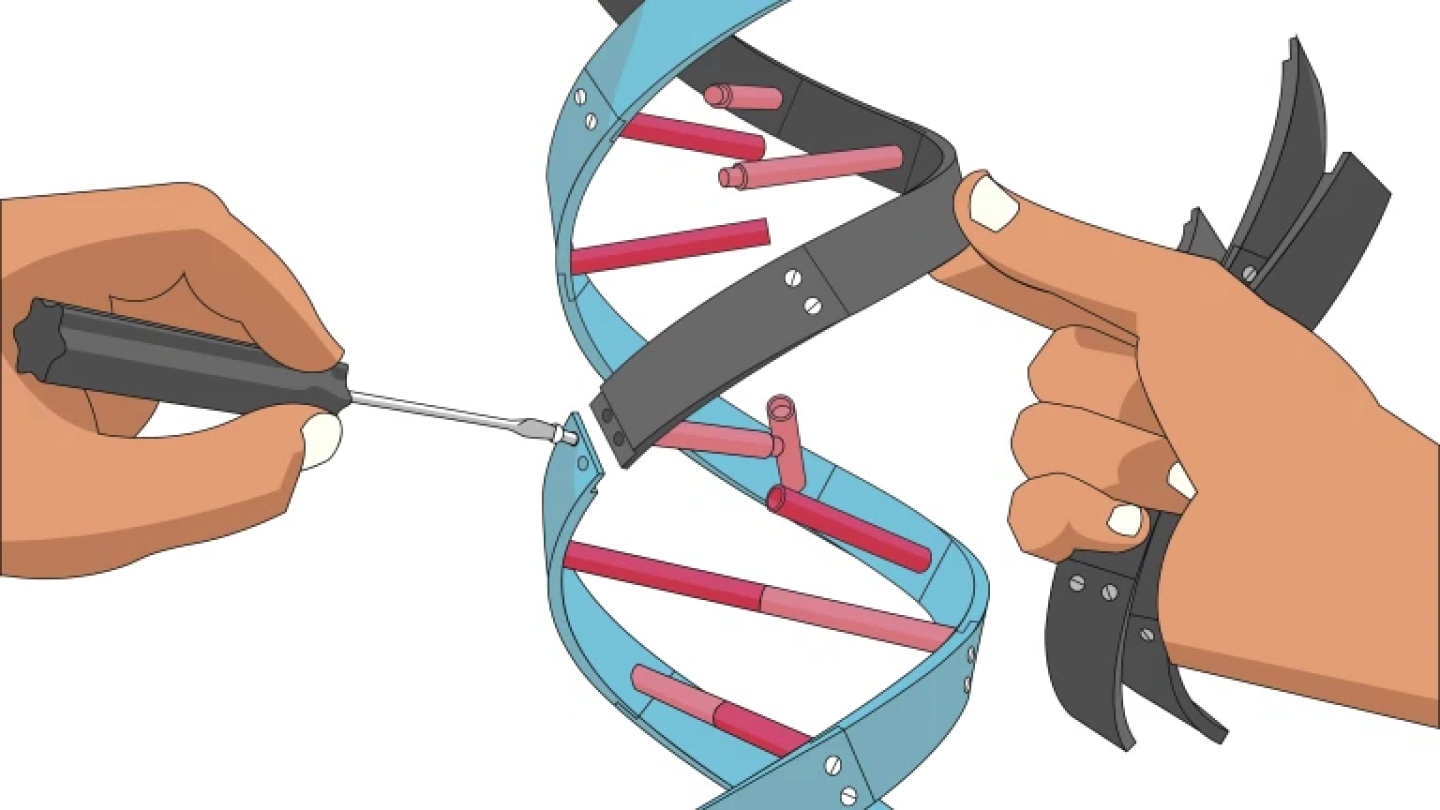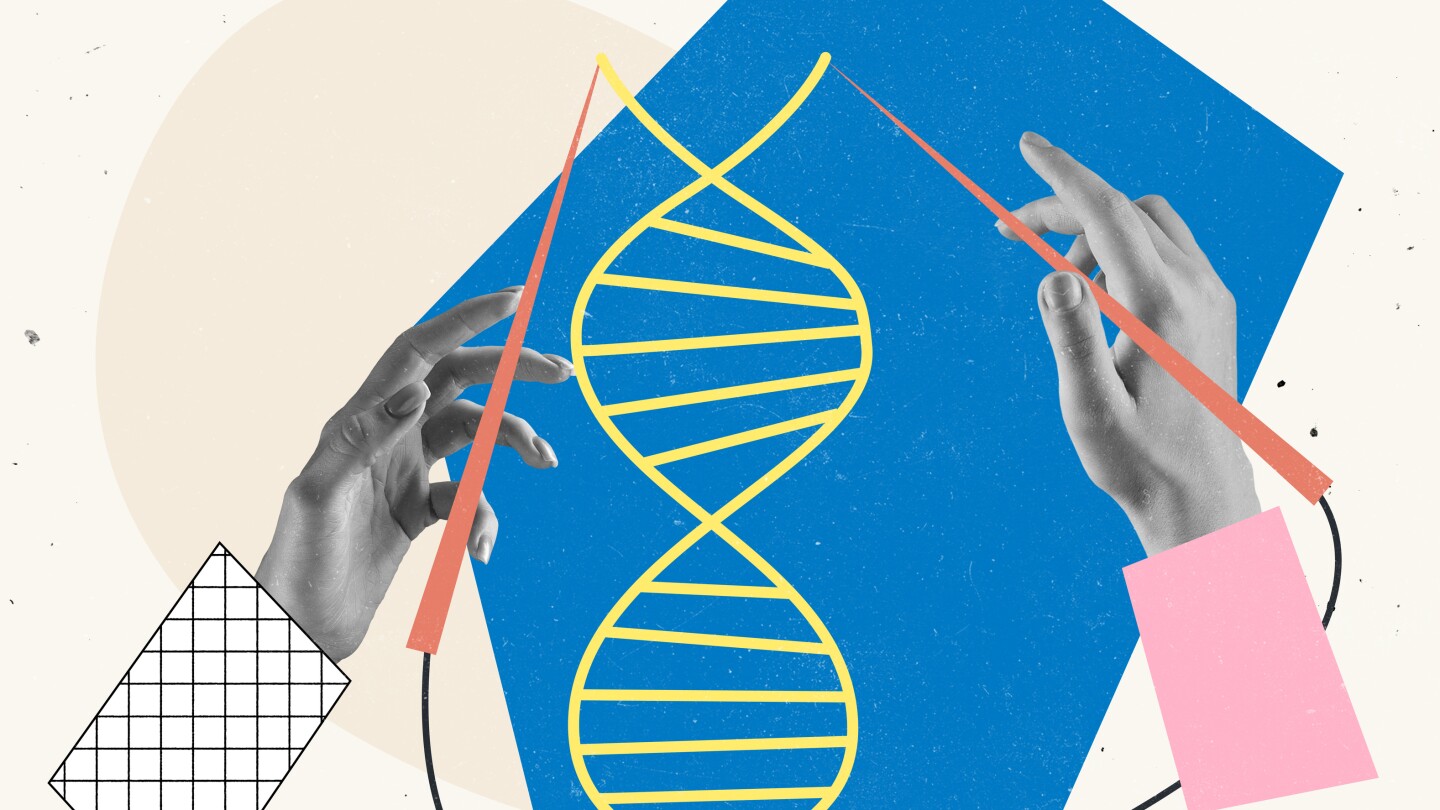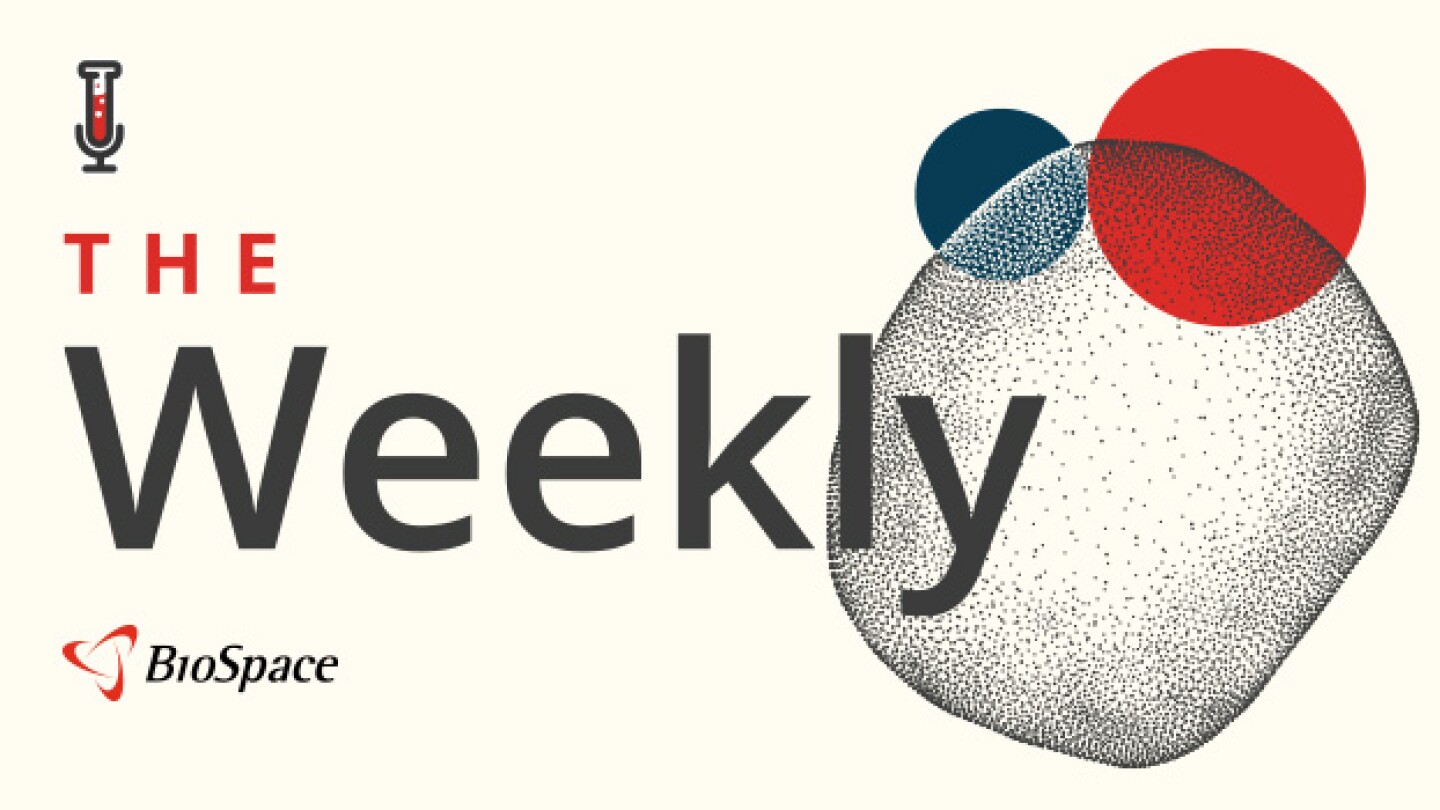Gene editing
Vertex Pharmaceuticals commits $45 million upfront to leverage Enlaza Therapeutics’ War-Lock platform to create drug conjugates and T cell engagers for autoimmune diseases and gentler conditioning for sickle cell/beta thalassemia gene-editing therapy Casgevy.
Jefferies analysts called the proxy filing, which is a standard disclosure after a merger agreement, “much more intriguing than normal” given the regulatory turmoil it revealed.
The pending deal was rumored overnight after a report from the Financial Times, spurring analysts to speculate that if true, the entire gene editing space would see a boost at the markets.
Gene therapies have ridden investor mania to huge valuations but commercialization challenges have pushed market caps to the floor. At a roundtable last week, FDA leaders promised faster approvals and broad support to the industry.
While an adverse event reported in Intellia’s gene therapy trial was a “non-concern” for analysts, it follows a handful of patient deaths in other trials for the modality and sent the company’s stock tumbling in pre-market trading.
Most of the 15 million children with a rare disease have no FDA-approved treatments available to them. And when it comes to the most-rare conditions, there isn’t even a pipeline.
Taking center stage at the American Society of Gene and Cell Therapy meeting was the first-ever reported case of a personalized in vivo CRISPR editing therapy, which substantially eased the symptom burden in an infant.
Lilly will use Rznomics’ proprietary ribozyme technology to develop RNA editing therapies for congenital hearing loss.
CRISPR Therapeutics’ partner Vertex reported that more than 65 treatment centers have been activated for the gene therapy Casgevy. While Vertex handles the market, CRISPR has been focused on its clinical program.
A new executive order aims to smooth the path for getting U.S. manufacturing facilities up and running; HHS says it will require placebo-controlled trials for all vaccine approvals; tariff threats hit BioNTech; Novo Nordisk’s FDA application for an oral version of Wegovy is accepted; and more.
PRESS RELEASES










